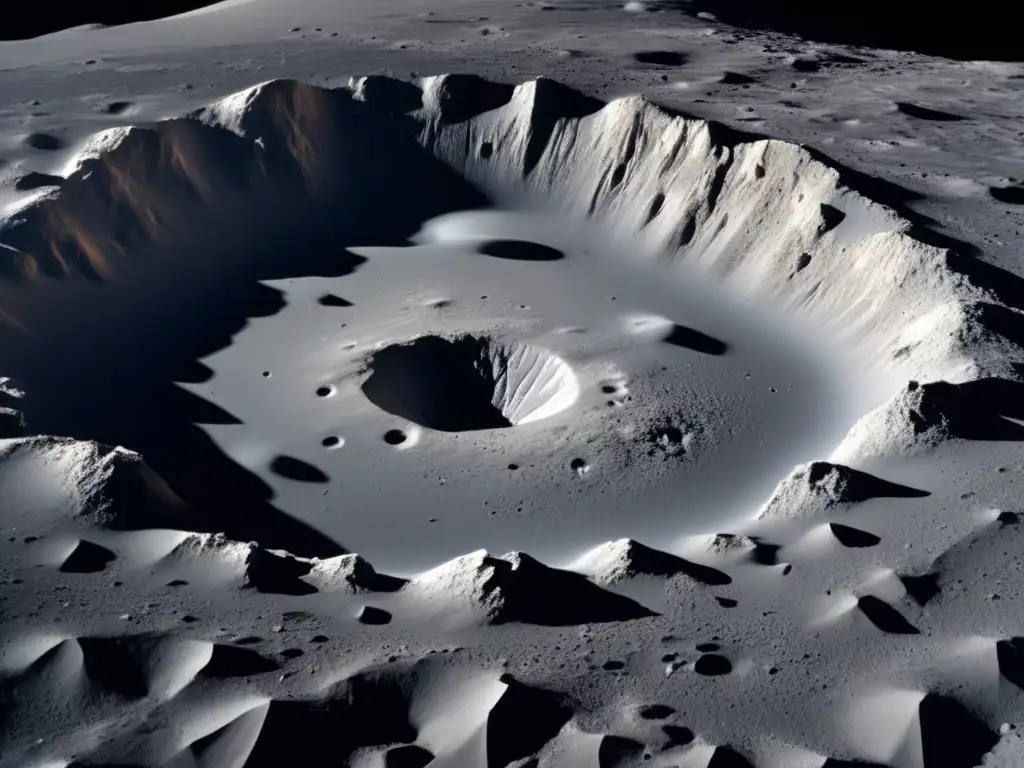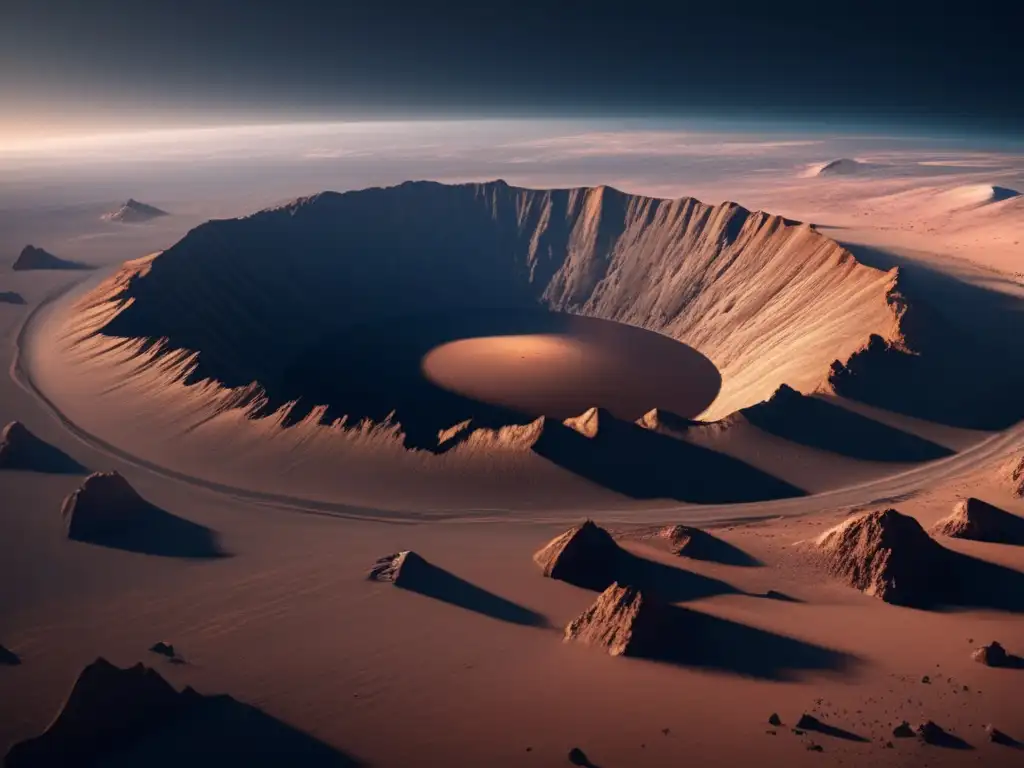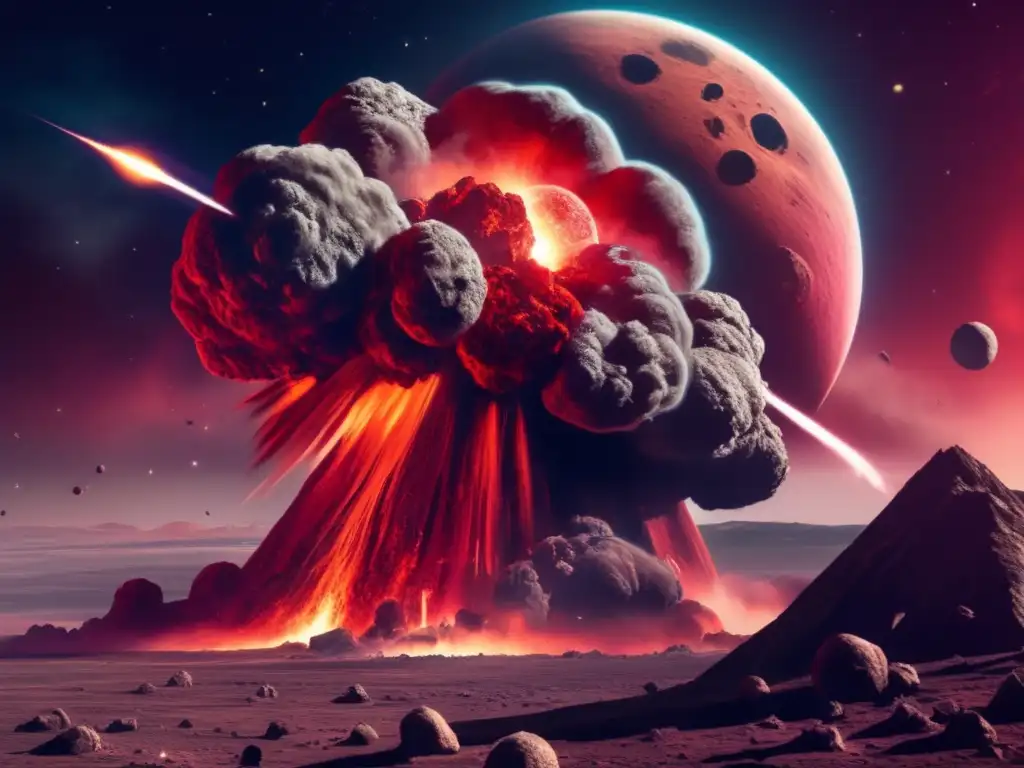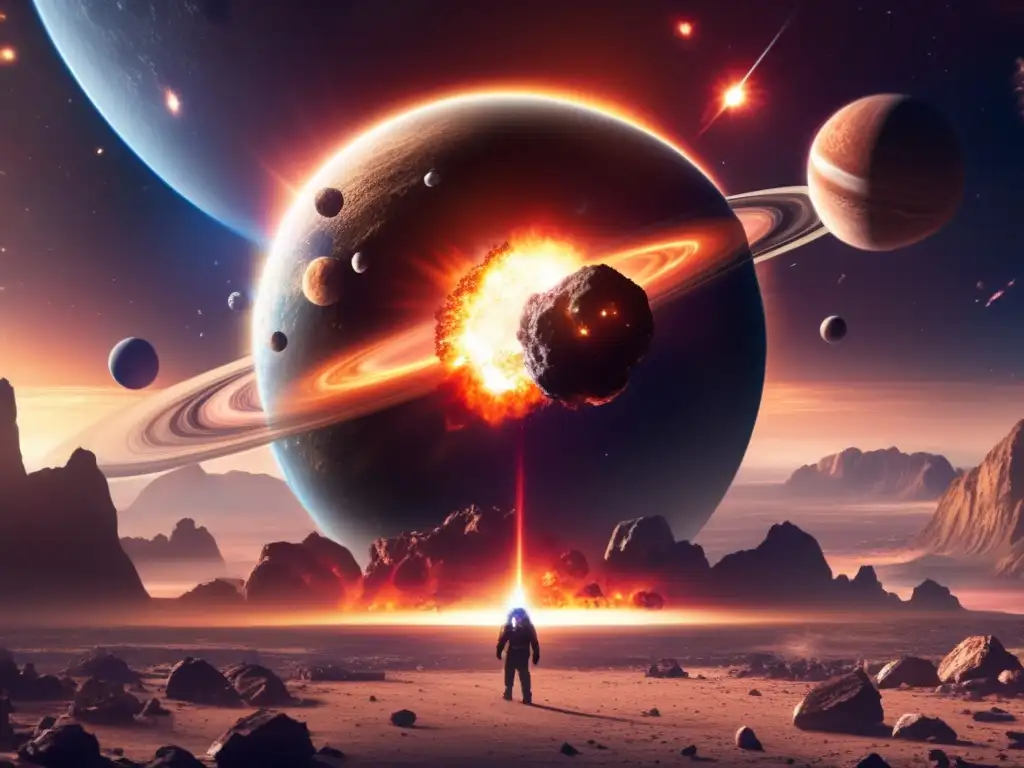Cosmic Strikes: The Effect Of Asteroid Impacts On Lunar And Earth Surfaces

Introduction
Asteroids have been hurtling through space for billions of years, occasionally colliding with other celestial bodies. These collisions can have destructive effects, altering the surfaces of planets, moons, and asteroids themselves. In this article, we'll explore the fascinating world of asteroid impacts and their effects on both the lunar and Earth surfaces.
The Science of Asteroid Impacts

The Impact Process
An asteroid impact occurs when a space rock collides with another object. The most common type of asteroid impact is called an impact crater, which is formed when an asteroid slams into a planet or moon's surface. The energy from the impact causes the material in the ground to be vaporized and ejected, forming a bowl-shaped depression.
The Effects of Asteroid Impacts
Asteroid impacts can have significant effects on the environment of a planet or moon. The impact itself can cause seismic waves and may even result in tectonic activity. The impact also produces a plume of ejecta that can travel for thousands of kilometers, depositing material on the surface of moons and planets and potentially altering their composition.
Asteroid Impact Sites
Scientists have identified numerous asteroid impact sites throughout the solar system. Some of the most well-known impact craters on Earth include the Chicxulub crater in Mexico, which is thought to be responsible for the extinction of the dinosaurs, and the Barringer Crater in Arizona, which is one of the best-preserved impact sites on Earth.
The Lunar Surface

Lunar Craters
The Moon's surface is heavily scarred by asteroid impacts, with countless craters dotting the surface. Some of the most notable lunar craters include Tycho, Copernicus, and Aristarchus. These craters are easily visible from Earth with a telescope.
Moon Rocks
Asteroid impacts on the Moon have also provided scientists with valuable information about the history of the solar system. The Apollo missions brought back samples of Moon rocks, which were formed from ejecta that was blasted off the Moon's surface during impacts. These rocks have helped scientists learn about the Moon's geological history and the history of the solar system as a whole.
The Future of Lunar Exploration
Asteroid impacts will continue to shape the Moon's surface for millions of years to come. As we look towards future lunar exploration, understanding the effects of asteroid impacts will be important for planning safe landing sites for rovers and manned missions.
Earth Impacts

Historical Impacts
Asteroid impacts have shaped Earth's history as well. Some of the most significant impacts on Earth include the one that caused the Chicxulub crater mentioned earlier, and the Tunguska explosion in 1908, which flattened trees over an area of 2,000 square kilometers in Siberia.
Potential Impacts
While the chances of a catastrophic asteroid impact on Earth are low, they are not zero. Scientists are constantly monitoring asteroids that could potentially pose a threat to our planet, and plans are in place to deflect any asteroids that pose a danger.
The Importance of Deflection
Deflecting an asteroid is a daunting task. However, it's important to have a plan in place to prevent a catastrophic impact. The potential consequences of an asteroid impact on Earth are significant, and we must take measures to ensure the safety of our planet.
Frequently Asked Questions

-
What causes asteroid impacts?
Asteroid impacts are caused by asteroids colliding with other celestial bodies.
-
What are some notable impact sites on Earth?
Some of the most well-known impact craters on Earth include the Chicxulub crater and the Barringer Crater.
-
How have asteroid impacts affected lunar exploration?
Asteroid impacts on the Moon have provided scientists with valuable information about the history of the solar system and will continue to shape the Moon's surface for millions of years to come.
-
What are the potential consequences of an asteroid impact on Earth?
The potential consequences of an asteroid impact on Earth are significant and include seismic waves, ejecta plumes, and potential extinction-level events.
-
Are there plans in place to prevent a catastrophic asteroid impact?
Yes, scientists are constantly monitoring asteroids that could potentially pose a threat to our planet, and plans are in place to deflect any asteroids that pose a danger.
Conclusion
Asteroid impacts have had a significant impact on both the lunar and Earth surfaces. These impacts have shaped the history of our planet and provide valuable information about the history of the solar system. While the chances of a catastrophic asteroid impact on Earth are low, we must take measures to ensure the safety of our planet. Remember to stay curious and keep exploring the fascinating world of asteroids.
Additional Resources

For additional information on asteroid impacts, check out the following resources:
 Unraveling Impact Mysteries: The Tools And Techniques Of Asteroid Research
Unraveling Impact Mysteries: The Tools And Techniques Of Asteroid Research Falling Skies: The Skywatcher’s Guide To Asteroid Impacts
Falling Skies: The Skywatcher’s Guide To Asteroid Impacts Debris And Destiny: How Asteroid Strikes Shape Planetary Futures
Debris And Destiny: How Asteroid Strikes Shape Planetary FuturesIf you want to discover more articles similar to Cosmic Strikes: The Effect Of Asteroid Impacts On Lunar And Earth Surfaces, you can visit the Asteroid Impacts category.
Leave a Reply

Articulos relacionados: